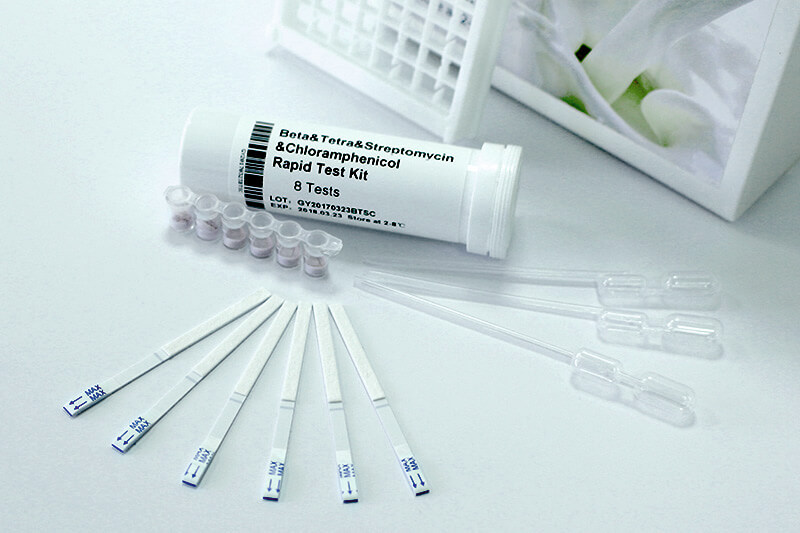Such antibiotics in milk pose a significant problem for human health, since their presence can lead to the development of antibiotic resistance and other serious consequences. In this regard, monitoring the level of residual antibiotics in milk is an important part of the production process and quality control. Online http://pamir-service.com.ua/ekcprec-kontrol-cirovini/moloko/ It will be very easy to get acquainted with such tests and their main characteristics. 
Features of tests for antibiotics in milk
Residual antibiotics – These are residual traces of antibiotics, which may remain in animal milk after antibiotic treatment. They can end up in milk as a result of improper use of antibiotics., insufficient care in observing the withdrawal periods of antibiotics or the use of prohibited drugs.
Continuous detection of residual antibiotics in milk can lead to the development of bacterial resistance to antibiotics, which will complicate the treatment of infections like in animals, so do people. Consumption of milk with high levels of residual antibiotics can lead to various negative health effects, among which, eg, allergic reactions, digestive disorders and even poisoning. Therefore, it is important to use quality tests to determine antibiotics in milk, to avoid such problems.
Possibilities of qualitative tests
These include:
- They help comply with established regulations and product safety standards., which is key to ensuring safety.
- They also have high speed and accuracy, allowing for quick and reliable assessment of milk quality right on site.
- They can detect even very low concentrations of antibiotics in a product, which allows for timely detection and prevention of their entry into the food chain.
They help detect and prevent the presence of antibiotics in products, which helps protect consumer health and maintain reliability and trust in dairy products.
The use of modern tests for residual antibiotics in milk is an important step in ensuring the safety and quality of dairy products. These tests have several advantages, including the ability to comply with established safety standards, high speed and accuracy, as well as the ability to detect even the lowest concentrations of antibiotics in a product. Thanks to these characteristics, They not only help prevent negative health consequences for consumers, but also maintain reliability and trust in dairy industry products. In this way, The use of quality tests for antibiotics in milk plays an important role in ensuring public safety and health.












